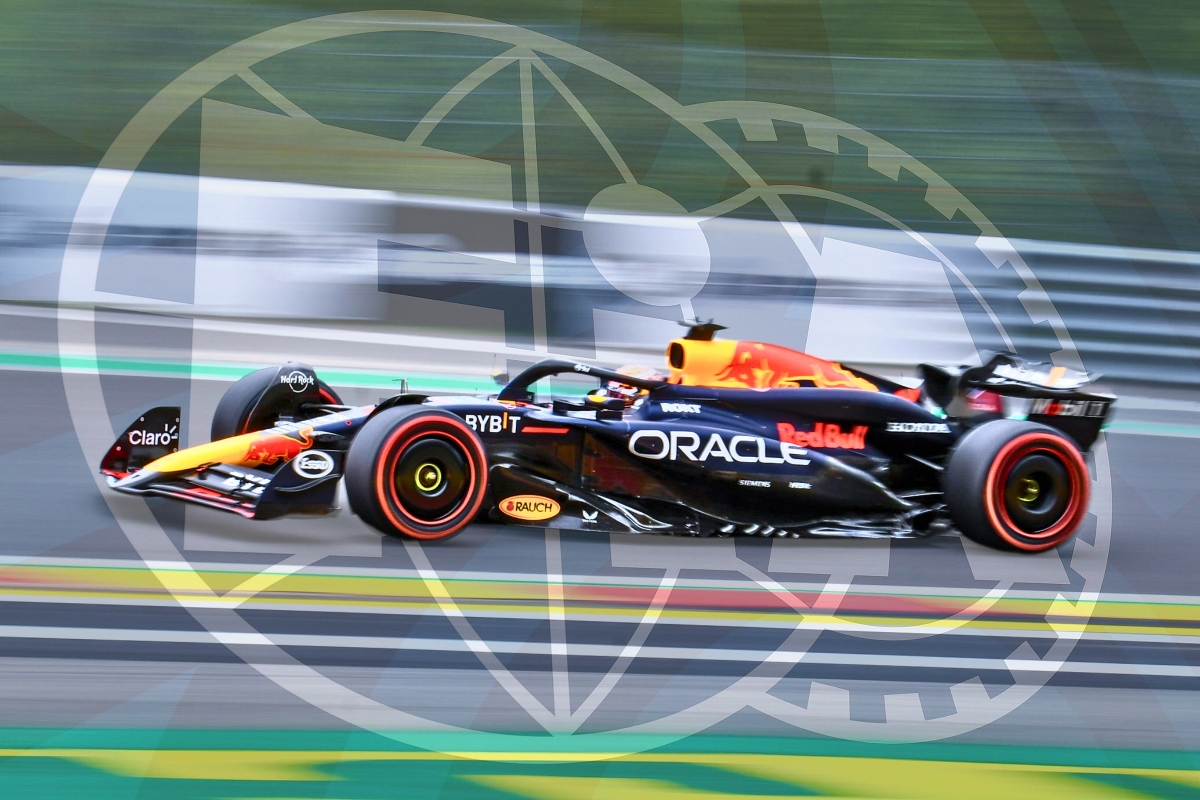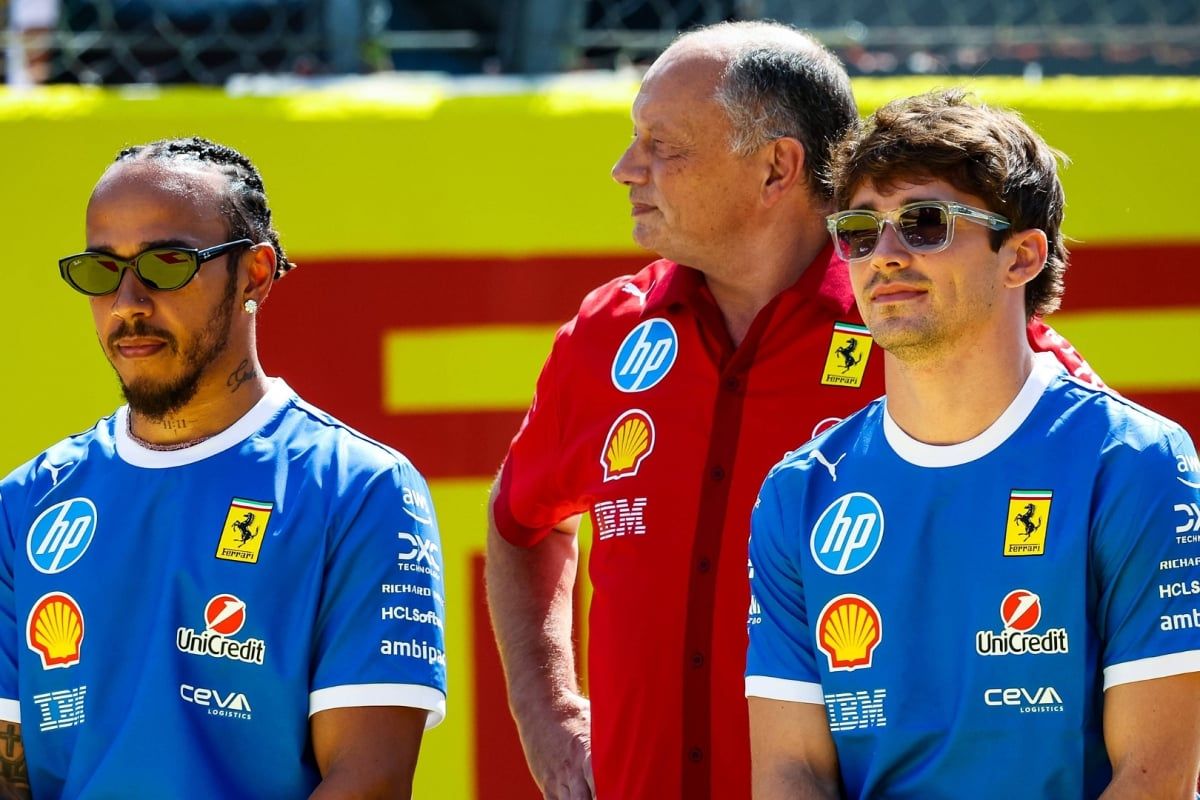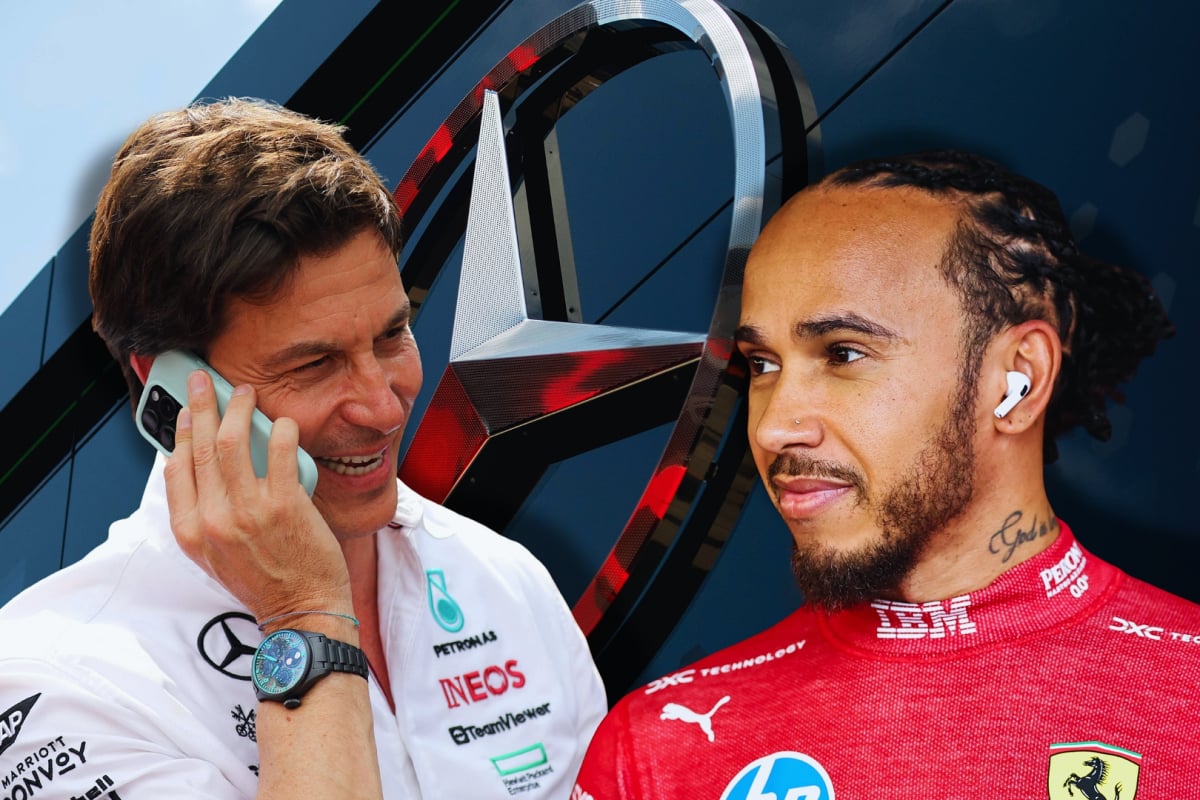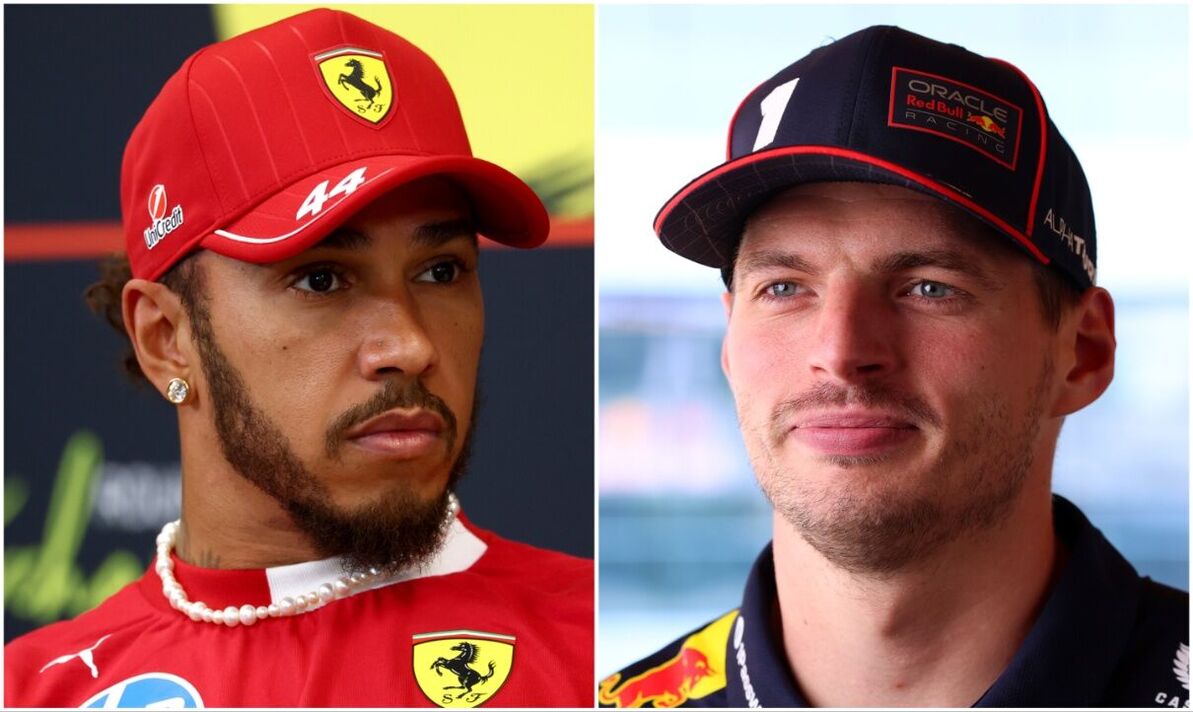FIA Issues Final Verdict After Red Bull’s Protest Against Russell at the M… read more
The FIA has issued an official statement confirming the outcome of Red Bull’s protest against Mercedes driver George Russell following the 2025 Miami Grand Prix. The protest, which was lodged late after the race, alleged that Russell failed to properly slow down under yellow flag conditions, a potential breach of Appendix H, Article 2.5.5 b) of the International Sporting Code.
Red Bull’s claim centered on an incident during the race when a yellow flag was displayed. The team argued that while Russell appeared to lift off the throttle during the flagged zone, data suggested he did not significantly reduce his speed. According to Red Bull, this failure to decelerate would constitute a violation of the rules requiring drivers to “significantly reduce speed” and demonstrate caution when yellow flags are active.
Had the protest been upheld, the implications could have been significant. A standard penalty for failing to slow under yellow flags is typically a 10-second time penalty. In Russell’s case, this would have dropped him from his third-place finish to fourth, thus elevating Red Bull’s Max Verstappen onto the podium.
Mercedes, however, defended their driver’s actions, stating that Russell did in fact react appropriately to the yellow flag situation. The team cited common interpretations and precedent within the sport, explaining that lifting the throttle sufficiently is widely accepted by both teams and the FIA as compliance with the regulation. They emphasized that Russell’s throttle trace showed a clear lift, a standard indication of yielding to the warning.
Upon review, the FIA stewards examined onboard footage and relevant telemetry data from Russell’s car. Their investigation focused on whether there was a “discernible reduction in speed” as required by the rules. According to the FIA’s final ruling, Russell had indeed reduced his speed below the typical racing pace during the yellow flag period. The stewards concluded that his actions were in line with Article 26.1 a) of the Sporting Regulations, the exact provision referenced in Red Bull’s challenge.
The stewards also noted that the protest was lodged after the customary deadline. While this did not invalidate the protest outright, it did influence the imposition of a protest forfeit — a procedural consequence for late filings. Ultimately, the protest was deemed unfounded, and Russell retained his podium finish.
This ruling has drawn attention within the F1 community, not only because of its potential impact on the race results but also because of its implications for how yellow flag compliance is interpreted in marginal cases. While Russell was cleared, the protest spotlighted the ongoing ambiguity regarding how much speed reduction is deemed sufficient during caution zones.
The FIA’s decision also extended to two other drivers investigated for similar alleged infractions. Pierre Gasly and Carlos Sainz were both reviewed for failing to slow adequately under yellow flags during separate incidents in the race. After assessing video and telemetry evidence, the stewards determined that in both cases, the yellow flag signal was not clearly visible to the drivers at the appropriate moments. Consequently, instead of penalties, both were issued formal warnings.
This Miami Grand Prix ruling underscores the complex, and at times subjective, nature of stewarding in Formula 1. While rules exist to ensure safety and fairness, interpretation often depends on situational context, onboard data, and visual clarity. In Russell’s case, his lift off the throttle—while not dramatic in terms of lap time—was sufficient in the eyes of the stewards to meet the regulatory requirement of caution.
Red Bull’s protest, although unsuccessful, highlighted the team’s attention to detail and their commitment to pursuing all competitive avenues, particularly when championship points and podium finishes are at stake. Yet it also demonstrated the FIA’s willingness to stand by precedent and objective data when making close calls.
In the end, George Russell maintained his third-place finish, joining the podium alongside race winner Charles Leclerc and second-place finisher Lando Norris. Max Verstappen, despite finishing fourth and missing out on the podium, remained composed after the ruling, while Red Bull issued a brief statement acknowledging the FIA’s final decision.
The 2025 Miami Grand Prix will be remembered not just for its thrilling racing but also for the regulatory controversy that followed, as Formula 1 continues to navigate the balance between competition and compliance in an ever-scrutinized sport.




